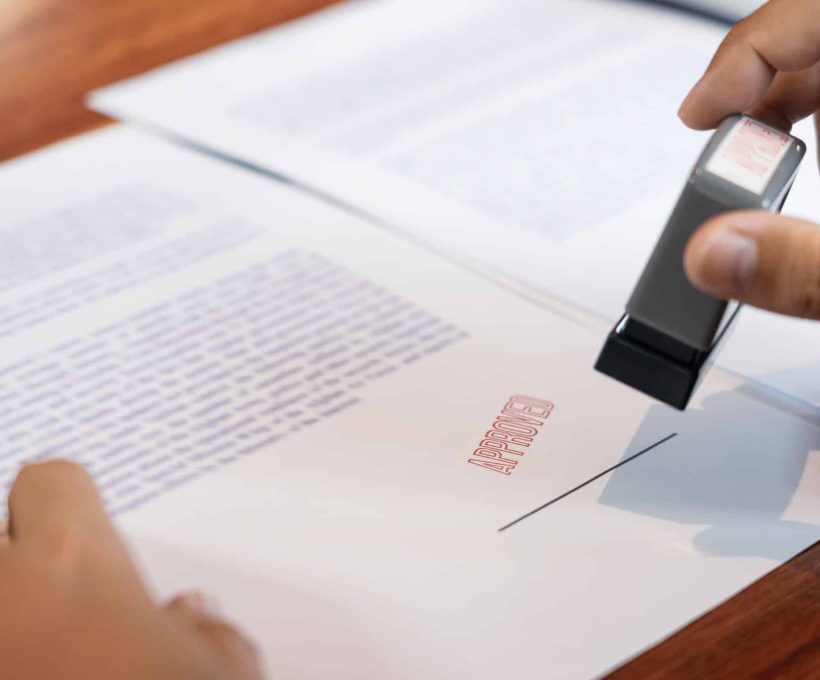Nevada
Do you need to legalize or apostille a document in the state of Nevada? Forget the complications and leave the work to us.
Request your quote now
At Apostille Int., we apostille your documents for use in international procedures through a fast and efficient service.

The state of Nevada along with its capital Carson City and most populous city, Las Vegas, is located in the western region of the country and requests monthly more than 750 apostilles of documents.
Here you will find what type of documents you can apostille in the state of Nevada and the requirements for both original documents and scanned copies of these.
What are the requirements for apostilling a document in Nevada?
The following are the requirements necessary to apostille or legalize a document in the state of Nevada. Also listed are the types of documents that can be apostilled.
Request your quote through the form.
Provide us with the necessary information for your process.
Receive your document in the shortest possible time!
Original Document
You will need to make sure of the following:
- You have an original document or duplicate issued by the State
- Appropriate signature is provided
- Original document was recently issued
- The apostille of the original takes anywhere from 4-10 business days.
The Nevada Secretary of State apostilles public and private documents if the following applies:
- Birth, Marriage and Death certificates and Divorce Decrees are certified copies from the county where the event occurred issued by the County Recorder/County Clerk
- Las Vegas Marriage Certificates are certified copies issued by the Clark County Recorder/County Clerk
Please note:
- Marriage Certificates signed by the judge that married you in Las Vegas are NOT acceptable for an apostille
- To obtain a copy of the Marriage Certificate from Las Vegas that is in the Clark County Clerk’s Office, please call the Clark County Clerk Marriage Bureau at: 702-671-0600 and ask for a “certified copy” of your Marriage Certificate
- You can request a certified copy of an original document from: State Office of Vital Records and Statistics 4150 Technology Way Room 104 Carson City, Nevada 89706
- If you want to order online you can also visit: www.vitalchek.com
Scanned Photocopy of Original Document
You will need to make sure of the following:
- Appropriate signature is NOT provided
- Original document is damaged
- Original document was issued over 10 years ago
- Destination country ACCEPTS apostilles of the scanned photocopy of the original document; most countries do accept an apostille of the scanned photocopy.
- You need the apostille within 24 hours.
Please note:
- Because the notary and the apostille are required to be issued from the same state, the scanned photocopy of the original document that you provide will be notarized and apostilled in New York City.
- To obtain a copy of the Marriage Certificate from Las Vegas that is in the Clark County Clerk’s Office, please call the Clark County Clerk Marriage Bureau at: 702-671-0600 and ask for a “certified copy” of your Marriage Certificate
- You can request a certified copy of an original document from: State Office of Vital Records and Statistics
- 4150 Technology Way Room 104 Carson City, Nevada 89706



